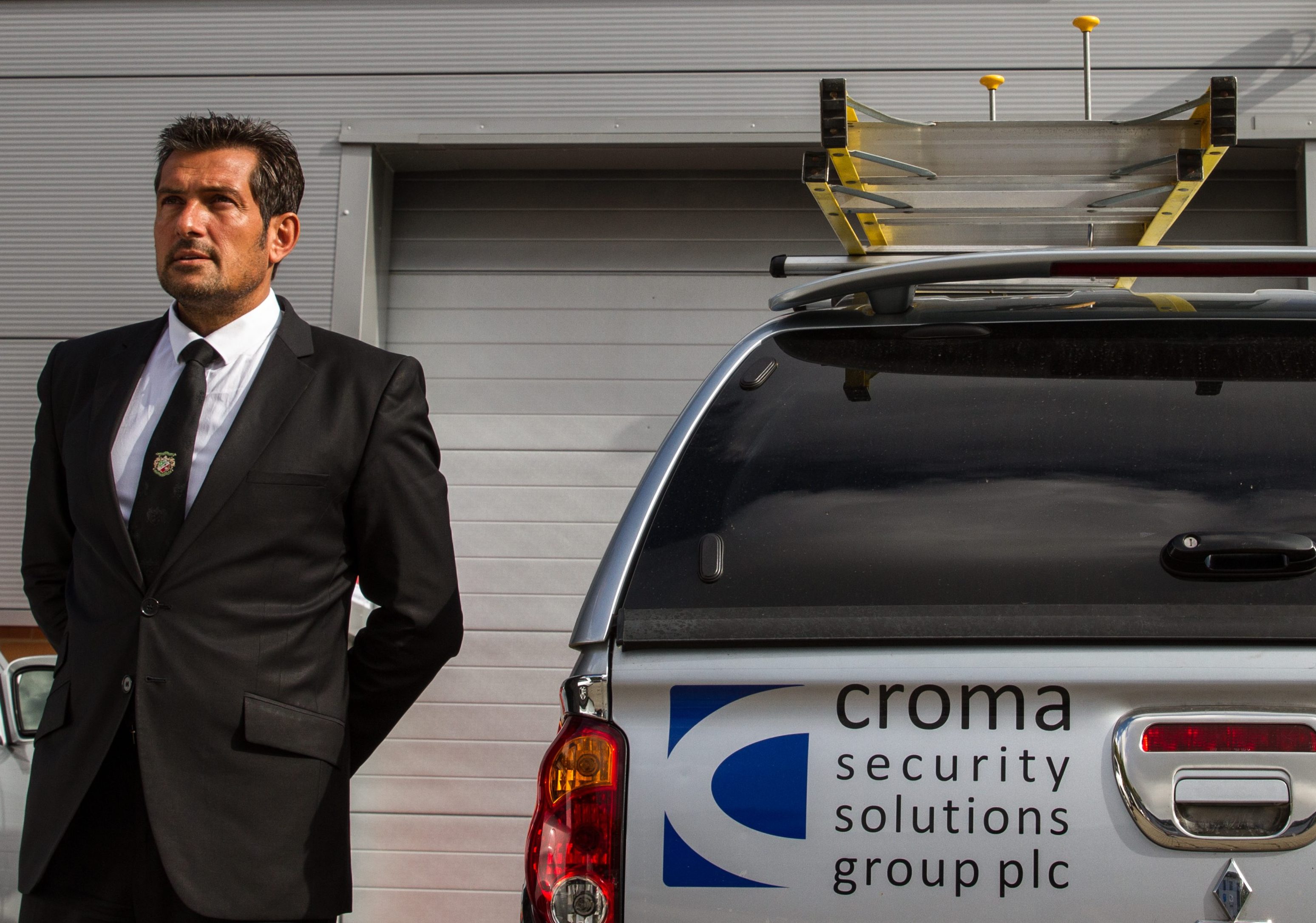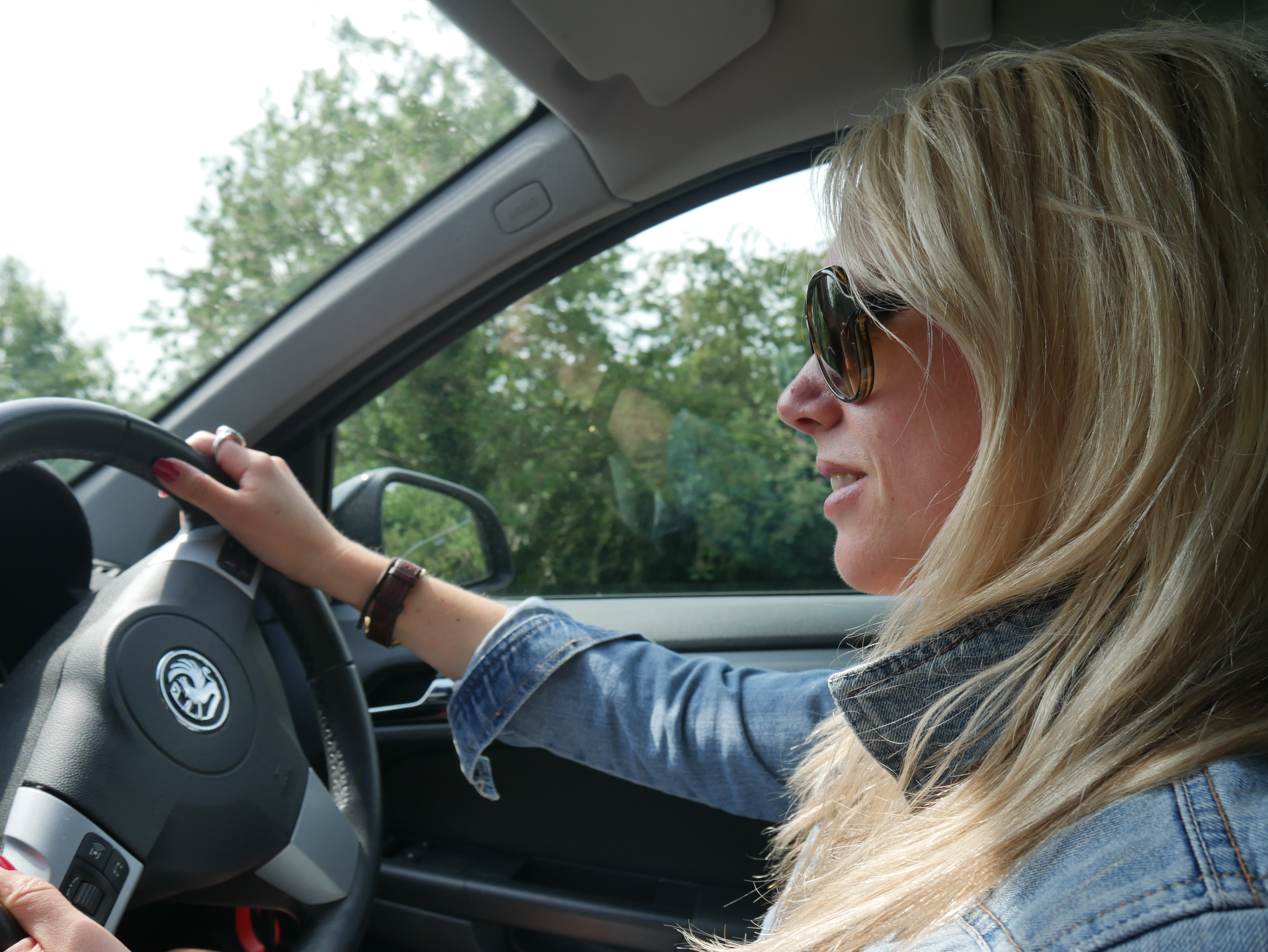The course that shows you how to drive like an SAS expert — and outfox the criminals
A security company is offering SAS driver training courses for the rich and powerful, to help them avoid being robbed or kidnapped. Charlotte Vowden went along for a one-day taster
THE HEADLINES are enough to make any driver nervous: ‘Car theft involving acid leaves man in critical condition’; ‘Knife-wielding moped robbers target family-of-four in their stationary car’; ‘Michael McIntyre held up on the school run‘ …
The stats don’t do much to reassure, either. Vehicle-related theft and burglary is on the up, according to a report released by the Office for National Statistics, while the number of offences carried out by criminals using scooters (often erroneously labelled ‘mopeds’ by the press) in London hit more than 23,000 in 2017, a rise from 827 in 2012.
London’s Met Police only solved 3% of scooter crimes over 12 months
If, like me, you’re not willing to hang up your car keys, now might be a good time to learn how to drive like an SAS expert.
“Awareness and preparation are the biggest weapons in your armoury against violent crime,” says Roberto Fiorentino, CEO of Croma Security Solutions, which recruits ex-special forces instructors to teach tactical driving courses.
Croma’s clients include ultra high-net-worth individuals and their families, as well as government officials and members of royal families who face an everyday risk of abduction on home turf as well as overseas.
“Boxing yourself in can make you a sitting target, so always leave enough room around your vehicle so that you can pull away quickly,” advises Fiorentino. “If you can’t, raise the alarm by using your horn repeatedly, and if you are trapped, do not to fight back. No Rolex, or car, is worth risking your life for.”

Roberto Fiorentino, CEO of Croma Security Solutions
Sign up for a course with one of Fiorentino’s highly-trained team and you’ll find yourself putting in some serious classroom time, learning the theory behind evasive and defensive driving techniques, before being let loose on the road with your new crook-defying driving skills. Driving for dummies, this is not.
In a fistful of hours during a one-day taster, my tutor — whose name and identity is top secret, I’m told — has covered everything from how to spot if you’re being followed, how to take corners fast but safely during a pursuit, and (as famously espoused by Desmond Llewelyn in his final outing as Q, in the James Bond film franchise) the importance of always having an escape route.
It’s fascinating and slightly intimidating stuff, and though I’ve got a decade of driving experience under my seat belt, the man standing in front of me — who has protected members of the British monarchy, politicians and heads of state all over the world — is making it very clear that this is only the tip of the iceberg.
“Speed can be a killer. It’s not always the best way to get away from a threat, it can become the threat”
I’m drilled on best practice for following, cornering and overtaking as well as how to brake to avoid skidding (firm but never harsh) and how to correct it. There are videos, handouts, diagrams and anecdotes in abundance. It feels like my brain has been hot wired but also groaning as it reaches top gear capacity.
“Always check your mirrors, every eight seconds or so,” my tutor repeats for impact and I cringe inwardly with the thought that I may be guilty of not checking them enough, in day-to-day driving.
At the core of the class is the importance of doing everything I’m shown safely, and as we look at the use of speed in more depth it’s a reminder to never become cocky.
“Speed can be a killer,” says my tutor. “It’s not always the best way to get away from a threat, it can become the threat. You need to be smarter.”
At this point we decide to buckle up and go for a drive.
“This all feels a little aggressive,” I whimper, as my instructor glides our vehicle out into the middle of a bendy country road.
“If the bend is to the right, get as far left as possible because it’s the widest point in the road and you’ll be able to see more”
“It’s not aggressive, it’s progressive. It’s about keeping moving, getting from A to B as quickly as possible and taking the line of least resistance. I can see that there are no vehicles approaching and by driving in a straight line rather than following the curves of the road we are taking the most efficient route,” my tutor promises.
We’ve already zipped along a motorway, changed lanes and overtaken other vehicles with significantly more vigour than I ever would, but my tutor is reassuringly precise and collected as he explains how he calculates and carries out each manoeuvre.
I already feel like I’m in an action film, but when my instructor becomes the passenger his assertiveness reaches new heights. I begin to fully relate to Liam Neeson’s on-screen daughter in the movie Taken 2, as she was getting her highly-pressurised crash-course in getaway driving.

Charlotte Vowden under tuition with her SAS instructor
The verbal shorthand from my left results in concentration like never before. He narrates what he’s seeing and how I need to respond second by second, and I can’t help but feel a little bit in awe of how quickly his brain works.
“Things change rapidly on the road so you constantly have to evaluate hazards. Prepare to stop, but always look to go.
“Most cars approach a bend in the middle but you can get an advanced warning on things by driving as far away from the bend as possible — this process is known as finding the Limit Point. So, if the bend is to the right, get as far left as possible because it’s the widest point in the road and you’ll be able to see more. If it’s a left turn, get yourself in the middle if it’s safe to do so.”
This method can also be useful in judging the severity of a bend, and as I approach a particularly sharp one, I use my new intel to make a judgement rather than just slow down for the sake of it. I take it pretty smoothly and think I’m starting to get it.
Though I’ll never look at bridges, bus stops and choke points such as traffic lights in the same way again — they’re hiding places and opportunities for criminals to launch an attack — if the worst happens I’ve now got an A to F list of my attackers’ characteristics to try and remember — age, build, clothing, distinguishing features, elevation (height) and face shape.
A lot of what we cover should be applied to a daily drive, like the danger of braking on a roundabout and always being able to see the tyres of the car in front of you, but as I head home instructor-less I feel that, even after my one-day taster session, I might just be ready to handle any situation that comes my way.
Croma Security Solutions driving tips
- Make sure your car is locked while parked or driving slowly, so that opportunists can’t open the door while you’re inside. Similarly having the roof or windows up can help protect you.
- Don’t leave handbags within easy grasp, for instance on the passenger seat. Lock them in the boot.
- Be careful on social media as it allows criminals to find and follow you. Posting your location, or something you’ve just purchased can make you a target. Think about expensive objects that might be in the background of an image as well.
- When stationary be alert to people acting suspiciously nearby and make use of your mirrors for 360 degree vision.
- The statutory speed limit sets the maximum permissible speed, but this is not the same as safe speed. The safe speed for a stretch of road is determined by the conditions at the time, and the onus is always on the driver to read these accurately.
- When driving at speed, scan further ahead so you can gain more time to assess, plan and react to a hazard.
- Before you get into your car to go on a journey, do your checks to make sure everything is in working order.
- Plan your route in advance rather than relying on sat nav so you can pay more attention to what’s going on around you.
- If you think you’re being followed:
- Vary your speed or do something illogical, like go round a roundabout twice to try to force that person past. Most people would overtake, so look out for unnatural behaviour.
- Get to a public place where you can find help.
- Park in a space with the nose pointing outwards so you can see if a potential attacker is approaching your vehicle when you’re in it.
Croma driving courses are from £1,000 per person. Call 01489 566166 or visit cssgplc.com.





